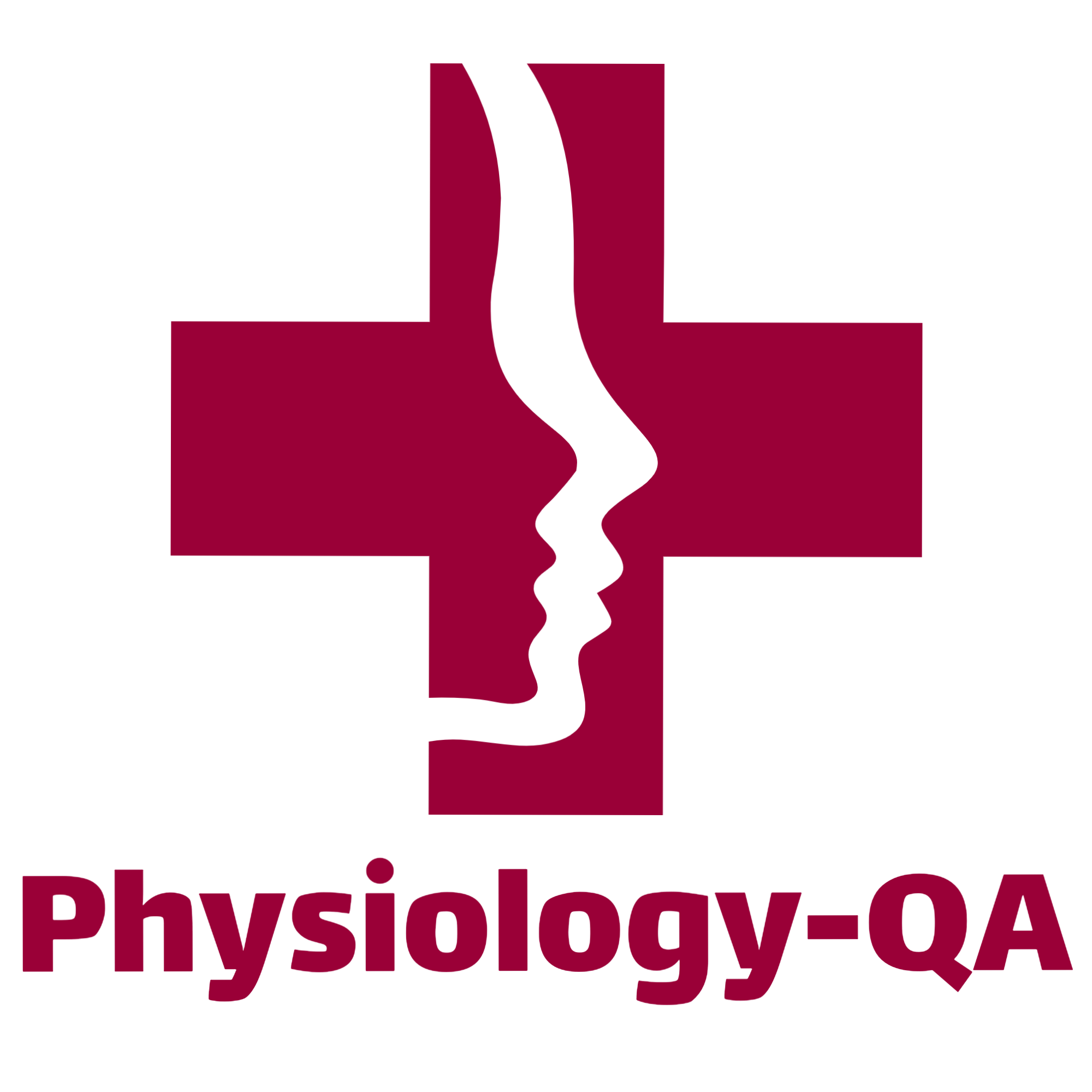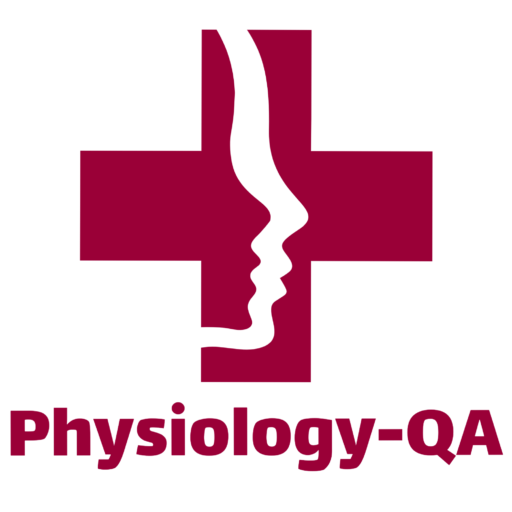Conventional contraceptive methods
- Barrier methods (condoms, diaphragm, cervical cap)
- Hormonal methods (birth control pills, patches, injections)
- Intrauterine devices (copper IUD, hormonal IUD)
- Sterilization (tubal ligation, vasectomy)
- Natural methods (fertility awareness, withdrawal method)
Function of placenta
Nutrient and oxygen transfer: The placenta facilitates the exchange of nutrients, such as glucose and amino acids, from the mother’s bloodstream to the developing fetus. It also ensures the transfer of oxygen to the fetus for its growth and development.
Waste elimination: The placenta helps remove waste products, such as carbon dioxide and urea, from the fetal bloodstream and transfers them to the mother’s bloodstream for elimination.
Hormone production: The placenta produces hormones, including human chorionic gonadotropin (hCG), progesterone, and estrogen, which are crucial for maintaining pregnancy, supporting fetal development, and preparing the mother’s body for childbirth.
Immune protection: The placenta acts as a barrier between the maternal and fetal circulations, protecting the developing fetus from the mother’s immune system while allowing certain beneficial substances to pass through.
Endocrine function: In addition to hormone production, the placenta also acts as an endocrine organ by synthesizing other hormones, such as relaxin and corticotropin-releasing hormone (CRH), which play roles in preparing the mother’s body for labor and breastfeeding.
Physiological changes during pregnancy
- Cardiovascular system: The heart rate increases by about 10-15 beats per minute, and the cardiac output increases by about 30-50%. This is due to the increased blood volume and the need to deliver oxygen and nutrients to the growing fetus.
- Respiratory system: The respiratory rate increases by about 10-15%, and the tidal volume (the amount of air that is inhaled and exhaled with each breath) increases by about 30-50%. This is due to the increased demand for oxygen by the fetus and the mother.
- Renal system: The kidneys increase in size and function, and the glomerular filtration rate (GFR) increases by about 50%. This is due to the increased blood volume and the need to remove waste products from the mother’s blood.
- Gastrointestinal system: The motility of the gastrointestinal tract decreases, which can lead to constipation. The stomach also becomes more sensitive to stimuli, which can lead to heartburn.
Features of turners syndrome
Chromosomal abnormality: Turner syndrome is caused by a complete or partial absence of the second sex chromosome in females. Instead of the typical XX chromosome pattern, individuals with Turner syndrome have only one X chromosome (45,X) or have a structurally abnormal X chromosome.
Short stature: Girls with Turner syndrome often have a shorter stature than average due to delayed or incomplete growth during childhood and adolescence.
Gonadal dysfunction: Turner syndrome is associated with underdeveloped or absent ovaries, leading to infertility and a lack of menstrual periods.
Physical abnormalities: Other physical characteristics may include a webbed neck, a low hairline at the back of the neck, low-set ears, a broad chest with widely spaced nipples, and swelling of the hands and feet.
Health complications: Turner syndrome can lead to various health issues, such as heart defects, kidney abnormalities, thyroid problems, osteoporosis, hearing loss, and difficulties with spatial awareness and math skills.
Contraceptive methods in females
-
Birth control pills: Oral contraceptives containing hormones to prevent ovulation and thicken cervical mucus.
-
Contraceptive patch: A patch applied to the skin that releases hormones to prevent pregnancy.
-
Intrauterine device (IUD): A small device inserted into the uterus to prevent fertilization and implantation.
-
Contraceptive injection: Hormonal injection given every few months to prevent pregnancy.
-
Barrier methods: Condoms, diaphragms, or cervical caps that physically block sperm from reaching the egg.
-
Sterilization: Surgical procedures like tubal ligation to permanently prevent pregnancy.
-
Natural methods: Tracking menstrual cycles and avoiding intercourse during fertile periods.

